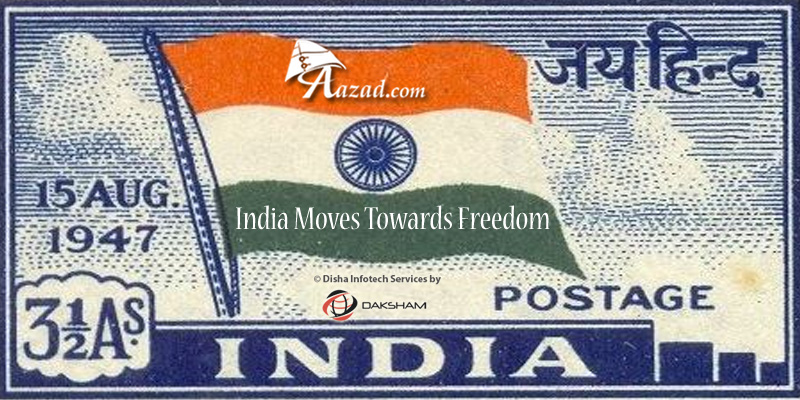- ●Breakthroughs in Prostate Cancer Treatment: What Every Patient Should Know
- ●Ovarian Cancer: The Silent Disease Women Cannot Ignore
- ●Children and Blood Cancer: Why Awareness is Crucial
- ●Women in Aviation India commences the celebration of 10th Girls in Aviation Day
- ●2025 Announcement, Appointment of New Board to Lead Hindustan National Glass & Industries Ltd
India Moves Towards Freedom

India Moves Towards Freedom
26 January 1930, Lahore. On this day, The call for Purna Swaraj, or complete independence from British rule, was sent out across the country, By Indian nationalists under the leadership of Mahatma Gandhi and Jawaharlal Nehru.
British Rule In India
On 31 December 1600, The English East India Company was formed to trade with India. By the end of the eighteenth country, The Company controlled most of India. After an unsuccessful uprising is several Indian states to throw off Company rule in 1857, The British Crown took direct control of India. This was the beginning of the British Raj in India.
The Move for Freedom
Towards the beginning of the twentieth century, The Independence movement gathered strength. People had started protesting because they were unhappy with British rule. Indian Leaders, led by Motilal Nehru, Put together their own plan of government. They demanded Dominion status for India, in which the government would be run by Indians, while the country remained a part of the British Empire.
Purana Swaraj
In December 1929, The Indian National Congress met at Lahore and declared that it wanted Purna Swaraj or complete independence. Gandhi drafted the Indian Declaration of Independence. The tricolor- A Flag that had three equal bands, in orange, white and green- was chosen as the flag of India. At midnight, on 31 December 1929, By the River Ravi in Lahore, Jawaharlal Nehru officially hoisted it. On 26 January 1930, the call for complete independence was sent out across the country Gandhi Nehru, and other leaders began planning a massive national revolt against British rule. This was called the Civil Disobedience Movement, and it followed the principle of non-violence.
Today
India became free on 15 August 1947. To mark the 1930 declaration of Purna Swaraj, on 26 January 1950 the new Constitution of India came into effect, and India became a republic 26 January is now observed as Republic Day in India.
The Indian Flag
The Indian tricolor or Tiranga is very much like the flag hoisted by Nehru at Lahore. It has three equal horizontal bands- saffron for renunciation and sacrifice, on top: white for peace and truth, In the middle: and green for faith and prosperity, at the bottom. In the center of the white band is the Dharma Chakra, or wheel of laws, in navy blue. The Chakra was adopted from Emperor Ashoka’s Lion Capital at Sarnath. Its diameter is equal to the width of the White band, and it has twenty- four spokes. It stands for progress and peaceful change.
The earlier flag had a spinning wheel or Charkha in the center instead of the Dharma Chakra. The Tiranga was adopted as the national flag of India on 22 July 1947.
...



